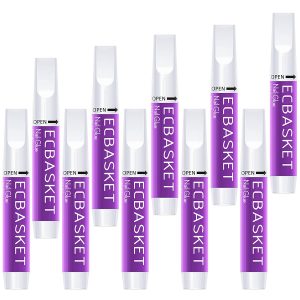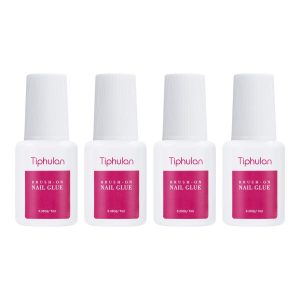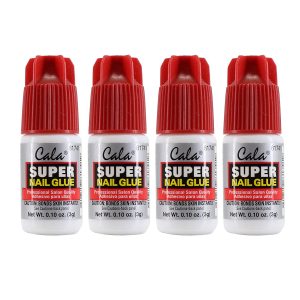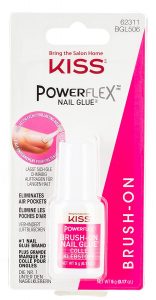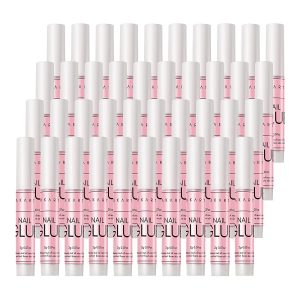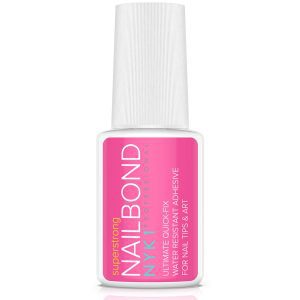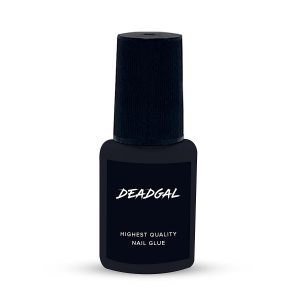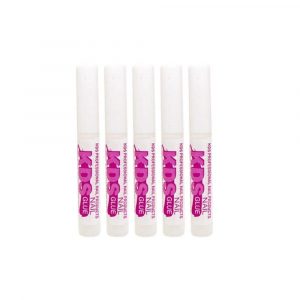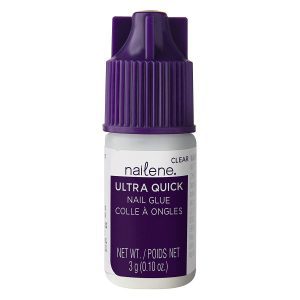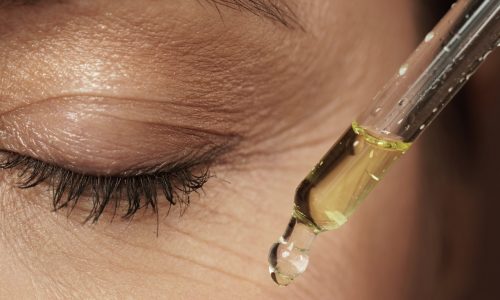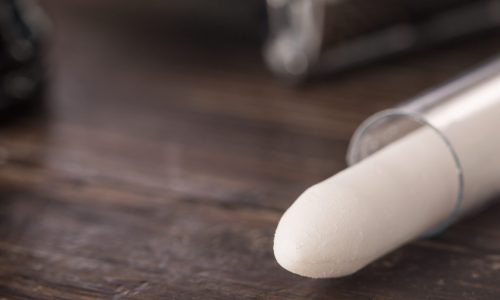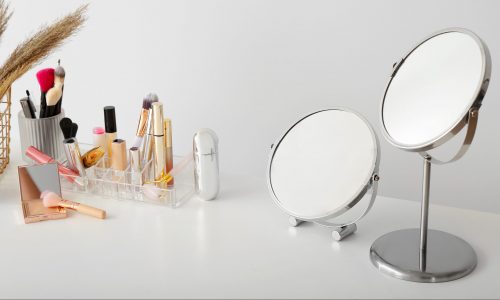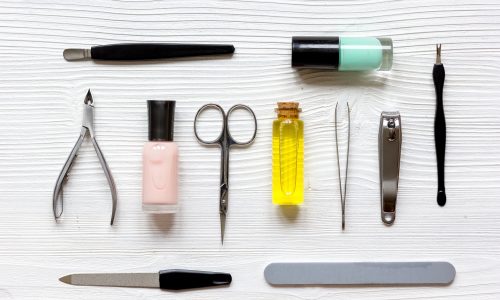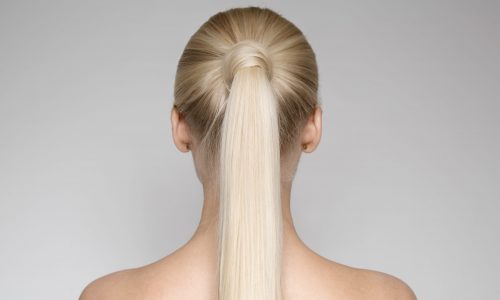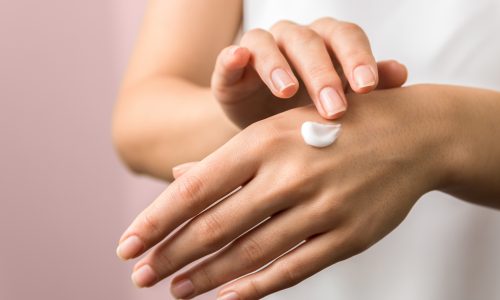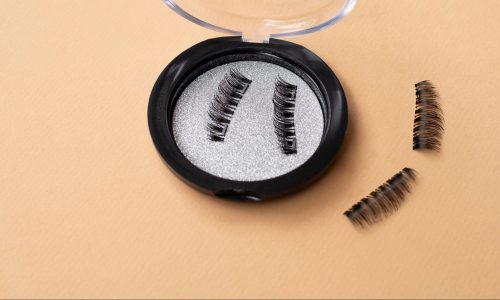The Best Nail Glue
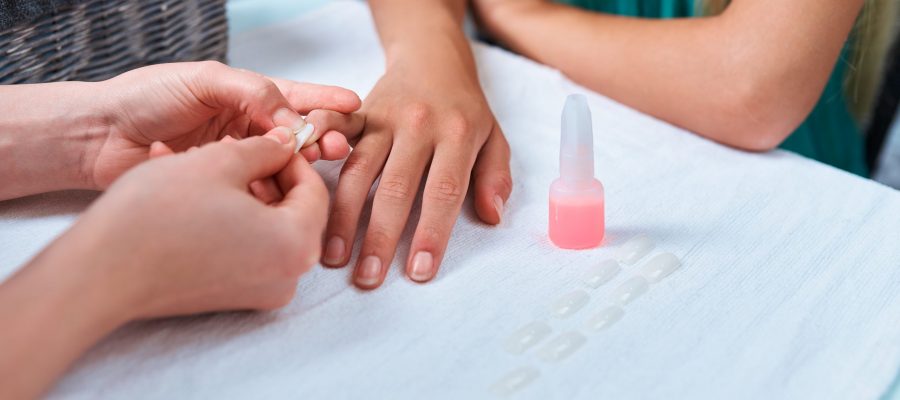
Our Review Process
Don't Waste Your Money is focused on helping you make the best purchasing decision. Our team of experts spends hundreds of hours analyzing, testing, and researching products so you don't have to. Learn more.
Our Picks For The Top Nail Glues
- 1. ECBASKET Quick Bond Non-Toxic Nail Glue, 10-Piece
- 2. TIPHULAN Waterproof Long-Lasting Nail Glue, 4-Piece
- 3. Cala Salon-Standard Long-Lasting Professional Nail Glue, 4-Piece
- 4. Makartt Professional Fast-Drying Acrylic Nail Glue, 40-Piece
- 5. Kiss Power Flex Precision Brush-On Nail Glue
- 6. NYK1 Salon-Quality Longwear Brush-On Nail Glue
- 7. DEADGAL Professional No-Budge Ultra-Strong Nail Glue
- 8. KDS Acrylic-Tip Superior-Bonding Nail Glue, 5-Piece
- 9. Nailene Fast-Setting Artificial & Natural Nail Glue
If you're looking for a nail glue that's long lasting, you'll love this set. Each of the 10 pieces are designed to keep your artificial nails bonded for 2 to 4 weeks. That means the set can easily last between 5 and 10 months, depending on how often you change your nails.
Lasts Up to 30 DaysWith this nail glue, it takes just 5 seconds to apply your artificial nails.
Thanks to the built-in brush, this nail glue is super easy to apply. Simply prepare your nails, brush on the glue and attach your artificial nails. After holding the fake nails in place for 5 to 10 seconds, you're good to go.
Bonds in SecondsThis four-bottle nail glue set lasts between 1 and 2 years, saving you tons of money over the long run.
Promising salon quality, this nail glue is for when you need serious strength in your nail repair. You can use this to fix breakages or attach artificial nails. The glue is water-resistant and prevents bubbling, but it also bonds quickly to skin so use with care.
Holds Up Under StressIf you need a nail glue that will hold up while you work and do household chores, this heavy-duty option is the right formula for you.
Whether you have a split in your nail or you’re attaching artificial nails, this brush-on glue is a great option. You’ll get even application along with a formula that resists bubbling. The nail glue dries quickly and holds for up to a few days for a quick fix until you can add something stronger.
Easy to ApplyThis brush-on glue distributes evenly across the nail surface for easy application.
Buying Guide
Nail glue has long been a go-to item in beauty kits. But some are more reliable than others. That’s why it’s important to do your research.
There are two major reasons you might need to bring out the nail glue. One is that you have a break in your nail that can’t be trimmed up. If you’ve split your nail above the quick, for instance, or you simply want to maintain your naturally long nails when one starts to break, nail glue can save the day. It will hold the nail together until you can grow it out and file off the split part.
Another reason you might use nail glue is with artificial nails. Many nail kits will even come with glue designed specifically to use with the nails you’ve purchased. However, people sometimes find that those glues aren’t sufficient, so they buy their own.
The good thing about nail glues, though, is that they do minimal — if any — damage to the nail bed. You can often pop artificial nails off with these glue types, or if you’re using it to repair a break, you can easily remove it with nail polish remover. With stronger nail glue, you’ll likely need more work to remove it.
Beyond the strength and usage, the application of nail glue can vary from one kind to another. Some brush on while others come out of a tube in drops. You can find bottled nail glue that looks similar to nail polish, but you’ll also see nail glue that comes in small, disposable tubes that you can take on the go. The latter is handy for ensuring you always have nail glue with you for inevitable fingernail mishaps.
What to Look For
- If you’re using nail glue to repair a tear in the nail, first buff the surface of the nail and wipe it clean before applying nail glue. Let it dry before applying a coat of nail polish to protect the tear. You might want to see a manicurist for a more permanent solution, but if it’s not too far up the nail bed, you can simply monitor it and apply more glue if necessary while it’s growing out.
- Removing artificial nails that have been attached with strong glue can be tricky. You’ll often need to soak them in warm, soapy water, followed by a soak in 100% acetone. If this still doesn’t do it, you might need to go to a professional to avoid damaging your fingers and nails.
- One issue with nail glue is that it can dry out between uses. This is why disposable one-use tubes can be so handy. If you go for one designed for reuse, you’ll want to make sure the bottle fully seals when you’re finished using it.
- Nail glue has varying drying speeds. Fast-drying glue can be convenient for making repairs on the go, especially if you need to reattach an artificial nail quickly.
- Having glue that lasts up to two weeks can be convenient, but keep in mind that this can make it hard to remove. If you have artificial nails, you might find the nail growth beneath can leave an area near the cuticle visible toward the end of that two-week period.
- Hot, warm water can start to break down the nail glue, so it’s important to look for one that can withstand your showers and hand-washing sessions. Make sure it’s had time to settle before you expose your hands to water.
More to Explore
People have been decorating their nails for thousands of years and it might not surprise you to know that archaeologists have discovered mummified bodies from ancient Egypt that had gilded nails. However, the first nail polish is credited to ancient China in about 3000 B.C.
The acrylic nails that are so popular today were invented much more recently, by a dentist in 1954. Dr. Fred Slack broke a nail and needed an effective way to repair it. He experimented with various dental acrylics and the acrylic nail was born. But the powder and liquid system used by nail salons didn’t come about until the late 1970s, courtesy of Dr. Stuart Nordstrom.

